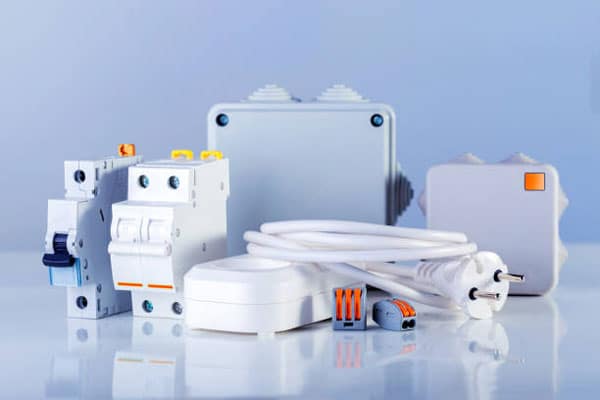Plastic injection molding is a crucial manufacturing technique that enables the production of a wide variety of plastic components used in everyday life. From basic household products to intricate automotive parts, the process facilitates the mass production of items with remarkable accuracy and speed. This detailed guide explores the essential features of plastic injection molding, highlighting its advantages and diverse applications.
What is Plastic Injection Molding?
Plastic injection molding is a manufacturing process used to produce parts by injecting molten plastic into a pre-designed mold. This method is one of the most widely used techniques for mass production of plastic components due to its efficiency, accuracy and scalability.
The Plastic Injection Molding Process
1. Melt the Plastic: Plastic pellets are heated in a machine until they melt into a molten state.
2. Inject into Mold: The molten plastic is injected into a custom-designed mold under high pressure to take its shape.
3. Cool and Solidify: The plastic cools and solidifies inside the mold, taking on the final product shape.
4. Eject and Finish: The mold opens, and the solidified part is ejected. Any excess material is trimmed, and the part undergoes any necessary finishing or quality checks.
Advantages of Plastic Injection Molding:
- Flexibility: It is capable of producing a wide variety of components, including those that are very intricate and detailed.
- Effectiveness: Once the machines have been set up, they are able to generate big numbers in a rapid and effective manner.
- Consistency: It is possible for the method to generate thousands of pieces in a short amount of time while maintaining a constant quality.
- Cost-Effectiveness: The primary expense is the production of the mold. Following the completion of the manufacturing process, the production of each individual component is very inexpensive, particularly when the quantity is significant.
Material Selection for Injection Molding
Thermoplastics:
- Polypropylene (PP): Good chemical resistance and flexibility.
- Polystyrene (PS): Cost-effective and easy to process, often used for packaging.
- Polyethylene (PE): Durable and lightweight, available in various densities.
- Acrylonitrile Butadiene Styrene (ABS): Strong and impact-resistant, used in consumer electronics.
Thermosetting Plastics:
- Epoxy: High strength and thermal resistance, used in specialized applications.
- Phenolic: Excellent heat resistance and electrical insulation properties.
Engineering Plastics:
- Polycarbonate (PC): High impact strength and clarity, used in safety glasses.
- Nylon (PA): Excellent wear resistance and strength, used in mechanical applications.
Applications of Injection Molding
Plastic injection molding is used across various industries, including:
- Automotive: Components like dashboards, trim, and housings.
- Consumer Goods: Packaging, toys, and household items.
- Medical Devices: Syringes, inhalers, and other precision instruments.
- Electronics: Housings, connectors, and insulation parts.
- Aerospace: Lightweight components that require strict tolerances.
Conclusion
Plastic injection molding is a versatile and efficient manufacturing process that plays a critical role in the production of a wide array of products across a wide range of industries. Understanding the intricacies of the process, from material selection to mold design, can significantly enhance production capabilities, improve product quality and lower manufacturing costs. As technology advances, plastic injection molding continues to evolve, incorporating innovations such as 3D printing integration and advanced materials, making it an integral part of modern manufacturing.
Reference
*Image from https://www.istockphoto.com/

